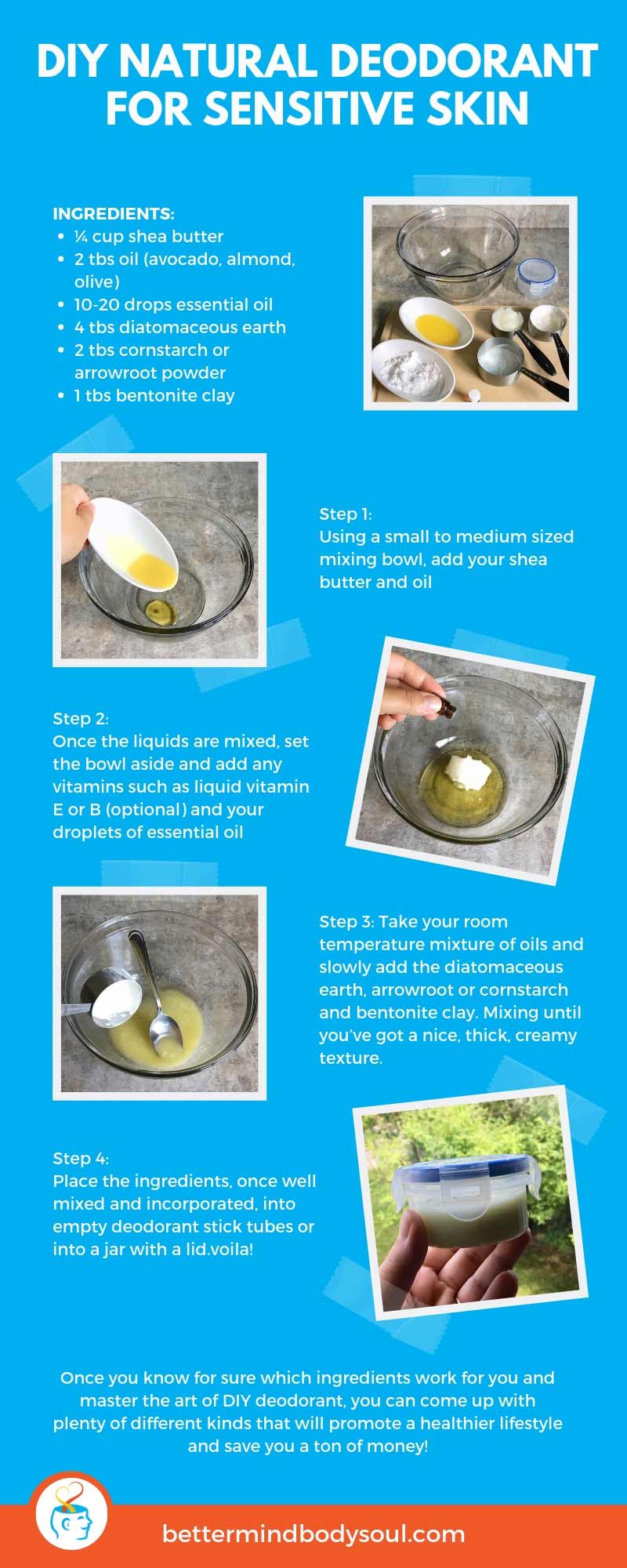The rising concerns with aluminum and the health risks involved have prompted many people to look into how to make natural deodorant. Although there are no immediate health links that go against using commercial deodorants that contain aluminum, there are plenty of benefits to using more natural products on the body in general. Although crafting your own homemade deodorant may seem a task only suited for avid DIYers, it’s actually a really simple process and it can be a fun one!
If you have sensitive skin, especially, looking into how to make natural deodorant is a huge benefit since you can tailor the recipe to your specific skin needs!
NOTE:
Whether you come up with your natural deodorant recipe or pick and choose from a few online recipes, just keep in mind that in order for your deodorant to be in a true solid form, you need to use some sort of wax. If you don’t mind using deodorant as a salve, a natural deodorant recipe that use oils (such as coconut) oil can be kept in a screw top container.
Why make your own deodorant:
- It can be any scent you like
- It can prevent your skin from becoming irritated
- It is cheap!
Long run help:
- The longer you make it, the better you’ll be at it!
- You can use it for the whole family, saving money
- You will be more earth friendly reusing deodorant tubs
Table of Contents
Materials For Natural Deodorant Recipe
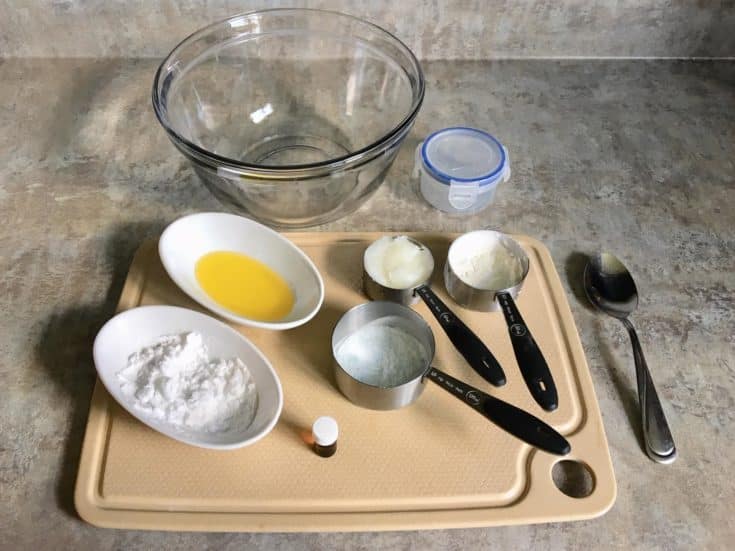
Although your personal tastes will vary, these are the common materials you’ll need to make your own natural deodorant for sensitive skin. When it comes to elements such as oils or essential oil scents, these are completely customizable, and you can choose any type or scent that you like! Just some of the many perks involved with making your very own homemade deodorant!
Ingredients:
- ¼ cup shea butter
- 2 tbs oil (avocado, almond, olive)
- 10-20 drops essential oil
- 4 tbs diatomaceous earth
- 2 tbs cornstarch or arrowroot powder
- 1 tbs bentonite clay
Butters
The butters in this natural deodorant recipe are important to create that silky smooth application. Shea butter is the most moisturizing for your skin, but you can also use cocoa butter.
Oils
The carrier oils within this recipe are also up to you – the creator. Avocado oil is the oil within this recipe, but you can also use coconut, olive and almond. Each one will change up the scent a bit, but all of these oils are pretty neutral.
Essential Oils
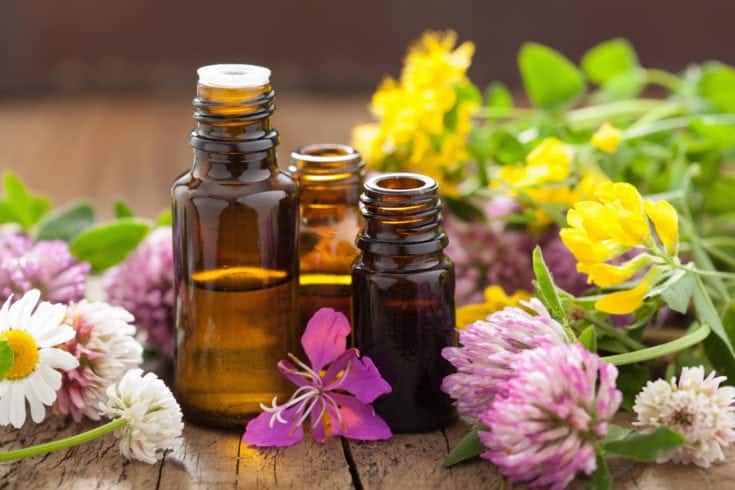
This can be the trickiest part because there are so many essential oils out there! First of all, go with your favorite scent. You are going to be smelling this all day, so might as well make sure it’s a pleasant oil! Also make sure that your oils are safe for human consumption, since the oils will be absorbed into your skin.
Diatomaceous Earth
Diatomaceous Earth, or D.E., is a quick absorbing powder that rids moisture fast. You can strictly use bentonite clay, but the D.E. helps as far as soaking up extra sweat and keeps the pits dry and fresh all day long.
Powders
Use either cornstarch or arrowroot powder – both are great and function at about the same capacity. Arrowroot may be a bit harder to find, but cornstarch can be found in any grocery or health food store.
Bentonite Clay
The bentonite clay within this recipe acts as an extra odor control powder. If you can’t find bentonite clay, don’t worry, simply replace the measurement of the clay with extra D.E. and you’ll be good to go.
Step-by-Step Instructions
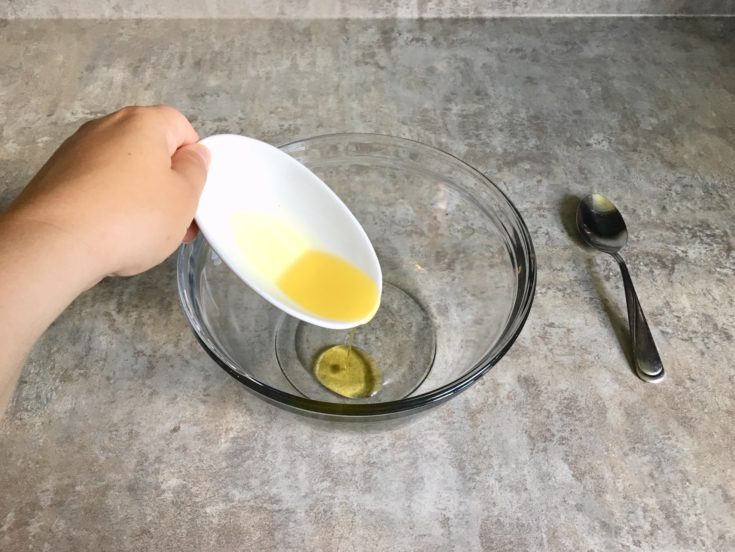
So, now that you’ve gathered all your materials, now it’s time to concoct your creation! Make sure to work in a clean space. Also, you can either use an old, emptied out deodorant stick container or simply use a pot or screw top lid tub to keep the deodorant in.
Step One: Mix
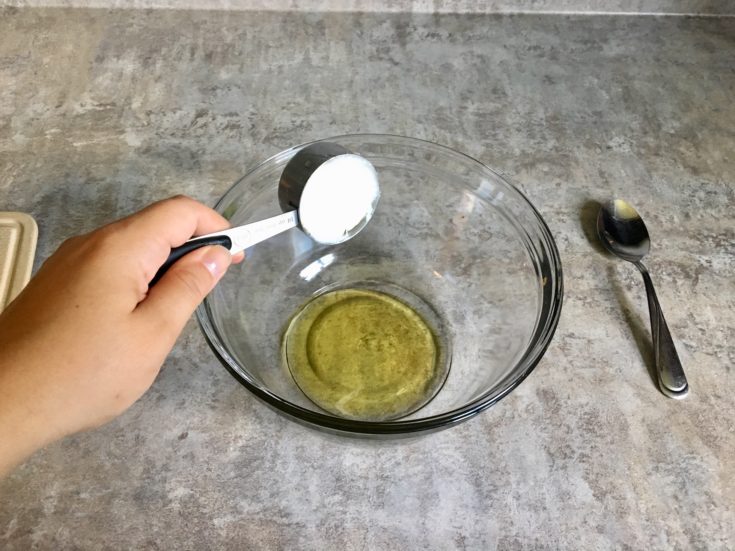
Using a small to medium sized mixing bowl, add your shea butter and oil (avocado, olive, or almond). I used olive oil. You only need to do this for a few minutes to make sure that the oils and butters are blended and evenly incorporated.
Step Two: Add Oils
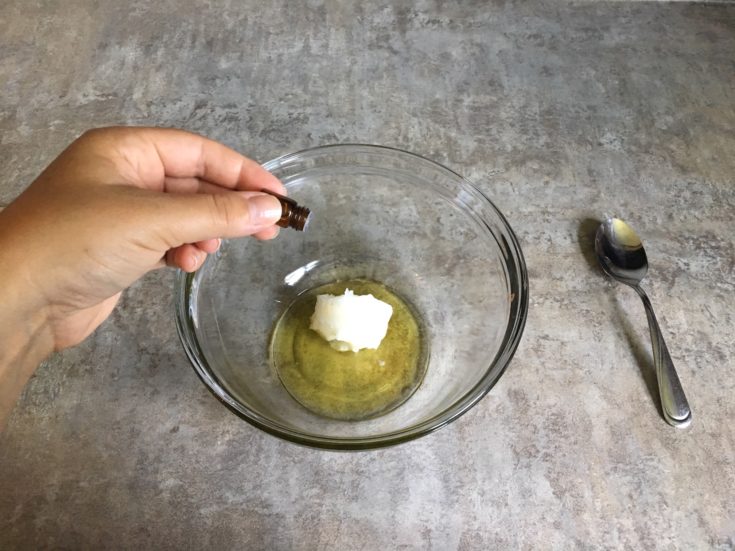
Once the liquids are mixed, set the bowl aside and add any vitamins such as liquid vitamin E or B (optional) and your droplets of essential oil. I used lavender for mine as it’s one of my favorite scents and is very good for sensitive skin.
Step Three: Add Dry Ingredients
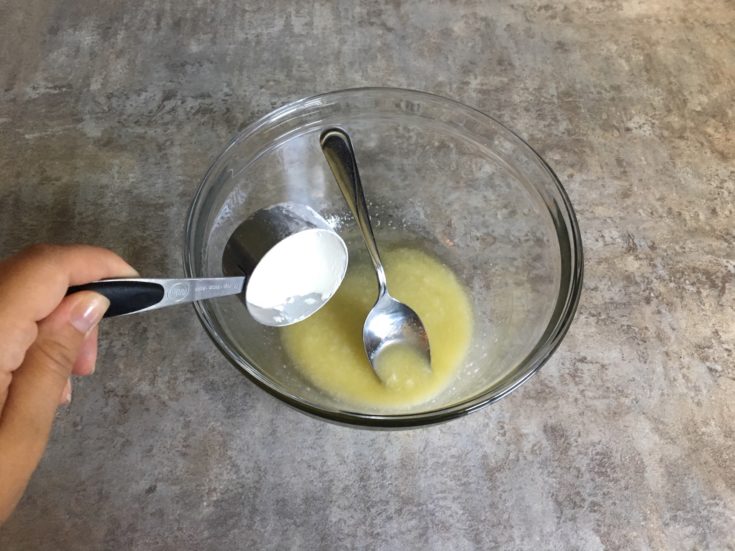
Take your room temperature mixture of oils and slowly add the diatomaceous earth, arrowroot or cornstarch (I used cornstarch) and bentonite clay. Mixing until you’ve got a nice, thick, creamy texture.
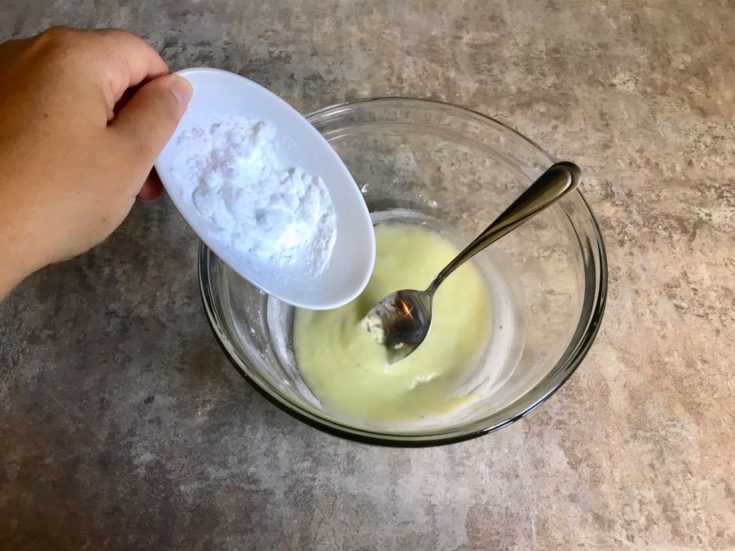
Step Four: Place
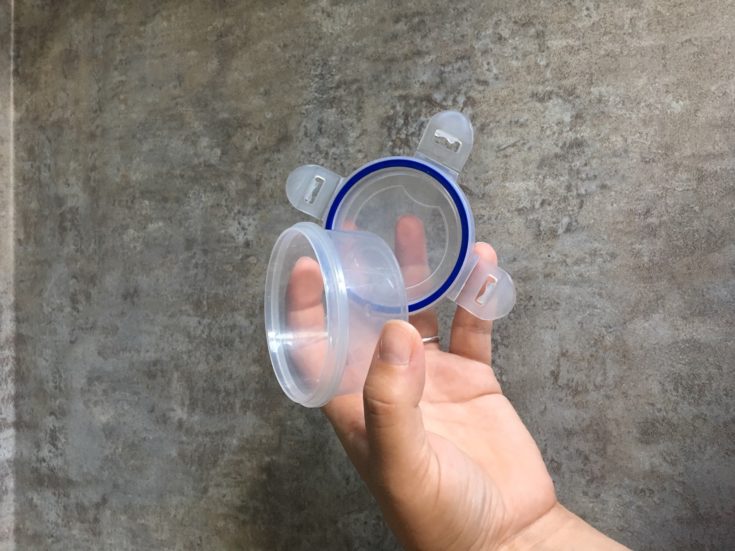
Place the ingredients, once well mixed and incorporated, into empty deodorant stick tubes or into a jar with a lid. I used a plastic jar with a sealed lid so I could use it as a topical cream application. Let cool, and voila! Homemade deodorant for sensitive skin!
Conclusion
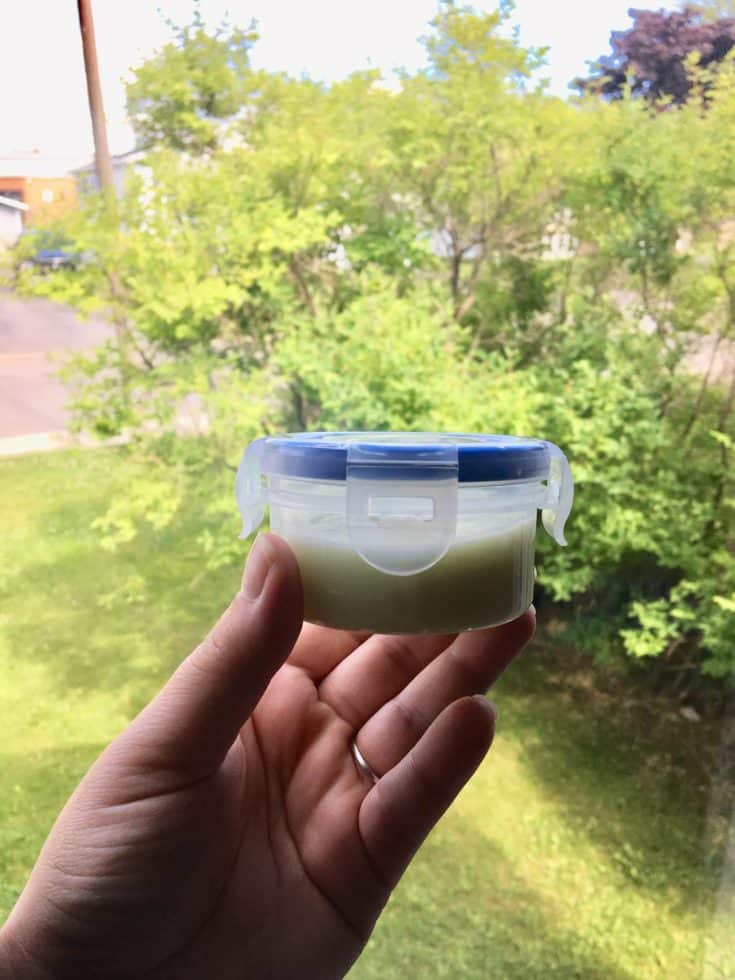
Never thought you’d know how to make natural deodorant? Was pretty simple, huh? Before you know it, you’ll be a pro at making your own all natural, homemade deodorant for sensitive skin. You can play around with all the scents and makeup of each batch and even give these away as birthday or holiday gifts! Once you know for sure which ingredients work for you and master the art of DIY deodorant, you can come up with plenty of different kinds that will promote a healthier lifestyle and save you a ton of money!
You might want to check our reviews on best commercial natural deodorants for sensitive skin here.
